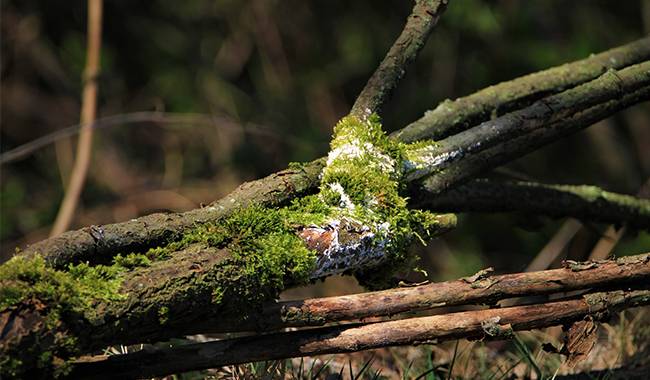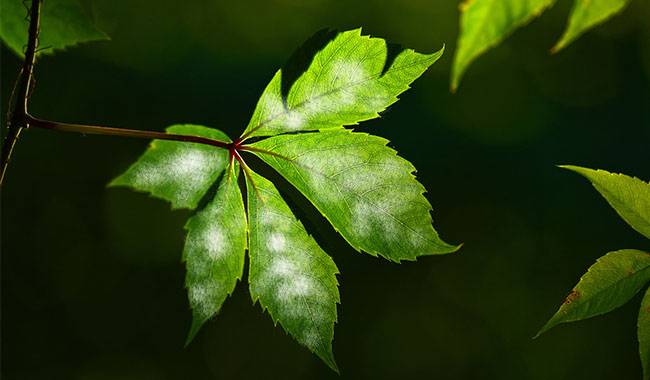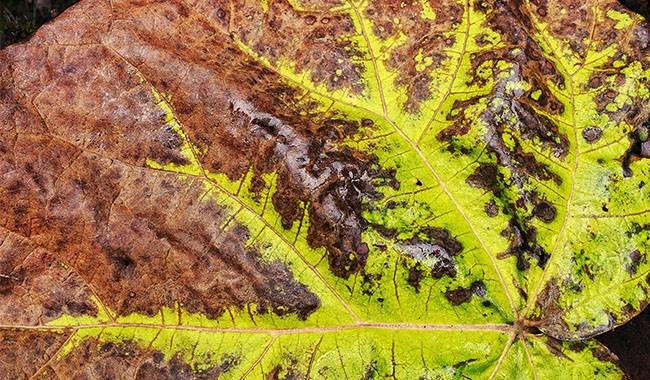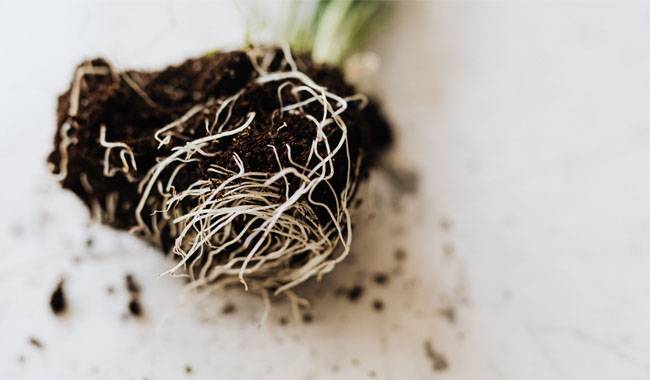
Blackfeet (Blackfoot) is a real scourge of seedlings, most commonly affecting the seedlings of tomatoes, bell peppers, eggplants, cucumbers, various types of cabbage, radishes, lettuce, and other crops. As well as flowering plants are grown through petunias and other plant seedlings.
In this article, we will talk about what is Blackfeet, how to fight it, including the most effective methods, and how to prevent its appearance, i.e. about preventive measures.
WHAT IS BLACKFEET?
Blackfeet is root rot of the neck of seedlings, it happened usually by produce seedlings for private plots or for sale. The disease is fungal and eventually, as it progresses aggressively, it leads to the accommodation and complete death of seedlings.
To understand how your seedlings are affected by Blackfeet is possible if you carefully examine the base of the stem of the seedling, where, in the presence of this disease, you can see a change in the color tissue, i.e. its darkening, with the active development of this fungal disease – and decay of the tissue plant just in the location of the root cap of the seedling.
As a rule, Blackfeet is most active from the moment when the buds of germinating seeds appear only on the soil surface to the moment when the buds form two to three true leaves.
WHY DOES BLACKFEET FORM?
There are many reasons for the formation and active development of the disease Blackfeet seedlings which can deliberately infect the soil with the Blackfeet fungus. Over-intensive sowing, when the moisture stagnates for a long time on the base of the seedlings together with high temperatures, provides the preconditions for the development of the disease.
Excessive soil moisture, when the moisture simply does not have time to evaporate and be used by the plant’s Lack of fresh air – when the gardener is afraid of ventilation and does not ventilate the room at all; excessive moisture in the soil, combined with sufficient heat – these are ideal conditions for the rapid development of Blackfeet seedlings; sharp temperature fluctuations – conversely, when the gardener is overzealous in ventilating the room, which leads to temperature fluctuations sometimes up to 41°F (5°C) or higher.
If one or more of these conditions will occur, sometimes only seven days are enough from the start of blackleg development until the seedling stems turn completely black and the seedlings die. If you hold such a seedling in your hand, you can feel with your fingers how the stem is very soft or, on the contrary, is characterized by increased brittleness.
Fungi of the genus Olpidium, Pythium, or Rhizoctonia cause Blackfeet. all these harmful fungi live in the top layer of the soil and eat the dead plant tissue. When humidity is high, the fungi stop feeding on dead plant tissues and start feeding on living plant tissues, or they may feed on both at the same time. Therefore, the risk zone during this period is the root neck of the seedling.
PREVENTIVE MEASURES AGAINST BLACKFEET DISEASE
First of all, you always need to buy good quality seeds of modern varieties and reliable seed companies with written, not stamped dates on the seed packets. When buying new varieties, always try to buy seeds of varieties with a good reputation, such as a reference list and a good comparison with the manufacturer’s description. And, of course, try to buy varieties that are tolerant or immune to the disease.
If you are not sure about the quality of the seed material, then it is highly recommended to keep them in a light pink manganese solution for a quarter of an hour before sowing, and then rinse them off with running water. To prevent and get rid of fungus on the seeds, it is helpful to soak them in a solution of “natural bio fungicide”.
Soak the seeds for a quarter of an hour and then rinse them off with running water. Phytosporin can be used as a preventive measure for Blackfeet by carefully treating the soil around the seedlings a day after picking them, trying not to get it on the leaves. The main elements of the treatment are: barely moisten the soil with the drug solution and do not “flood” the seedlings with it.
Always observe the best time to sow seeds. For a particular variety of crops, the time of sowing of seeds is always indicated on the package. Often, it even includes the region and the time of sowing, so this information should not be ignored.
Sowing seeds in too much of a hurry should also not be considered. The room may not be warm enough, there may be snow, it may be quite cold outside, and the cold outside the window will only slow the development of the seedlings, making it more difficult for excess moisture to evaporate and allow Blackfeet to develop actively on the seedlings.
Depending on the crop you are growing, provide enough light for the plants. Due to the lack of light, photosynthesis slows down, water evaporation decreases, and the plant’s immunity decreases, all of which results in the appearance of Blackfeet.
When planting seedlings, try not to use mediocre wooden boxes and plastic trays, but rather peat pots or pots for peat cultivation. These rather modern “devices” help to avoid or reduce the risk of Blackfeet.
In addition, seedlings do not need to be taken out of their peat-covered pots; they can, for example, be planted directly on the ground in a greenhouse or in the open soil without damaging the root system at all. Although a little is more expensive than plastic containers, these cups will make your job easier and keep the seedlings’ roots intact while giving you an earlier harvest.
It’s also important to take care of the soil before you put in the seeds. For example, unfamiliar soil that you are unsure of can be dressed. The best choice is a mediocre dark pink manganese solution. It is prepared as follows: You need to dissolve three grams of manganese in a bucket of soft water (i.e. melted or rainwater).
Treatment with preparations such as “EM (Effective Microbiota) preparations” or watering with steep boiling water destroys bad (and unfortunately, good) bacteria and fungi at once and also helps to disinfect the soil and get rid of Blackfeet.
After the soil has been disinfected in some way, let it “breathe” for three days, and then you can start sowing. If the soil is too “greasy” and rich in nutrients, it can’t be worse if it is sprinkled with a layer of river sand, washed with three courses of water beforehand, calcined and dried – it blocks excess moisture and doesn’t allow fungal concentrations to develop.
If you have full confidence in the quality of the soil, you can add a good medicine that many people use to prevent Blackfeet and other infections – trichothecene. This medicine is readily available and inexpensive.
After sowing, most gardeners cover the seedlings with food or plain polyethylene film or glass in a common container. Therefore, it is possible and even desirable to do this: establish a kind of greenhouse, but the air in such a greenhouse should be ventilated daily, lift the film and sprinkle the soil with a sprayer if it begins to dry out, to prevent dry clots.
CONTROLLING BLACKFEET IN SEEDLINGS
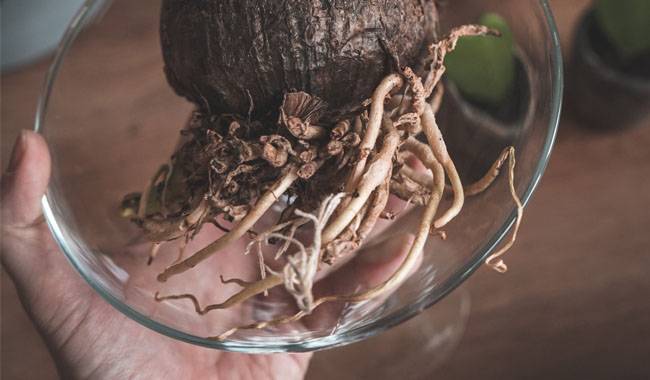
If Blackfeet is found late and the infection has affected about a third of the seedlings, the first thing to do is to prevent the spread of the infection, i.e. remove the diseased seedlings and burn them. Ideally, the remaining seedlings should be replanted in new clean soil, but if they are very small, you can treat the area where the diseased seedlings are growing with a pink manganese solution.
All other plants that show no signs of pest infestation should be treated with a “general purpose microbial fungicide”. At the same time, it is necessary to pour the prepared solution only under the roots of the plants that are still healthy. If the disease has attacked the seedlings when the plants have successfully formed a few true leaves, the “Universal Microbial Fungicide” solution can completely treat all plant shoots, stained leaves, and stems, as well as the soil.
If you don’t have such preparations on hand, you can try using copper-based preparations to control Blackfeet, such as Bordeaux solution (1% solution is sufficient), copper chloride (1.5% solution), and copper sulfate (1% solution). If these products are not available, or if it is not acceptable for you to use them, you can use a weak (dark red) manganese solution and spray it on the soil around healthy seedlings after removing all diseased seedlings.
If the infestation is severe, when Blackfeet has affected more than half of the seedlings and there is nowhere to transplant and no place to take fresh soil, you can sprinkle the soil with a mixture of a teaspoon of copper alum and a cup of wood ash crushed to powder, or better – coal ash, which is the standard per square meter planted.
If the infestation is severe and you have enough space and soil to transplant the still healthy seedlings, it is better to prick them into separate cups and fill them with sterilized soil only. Disinfecting the soil can be done as described above or by taking the desired amount of soil and burning it in an oven at 212°F (100°C) for a quarter of an hour.
But even after this, it is still advisable to sprinkle the soil with a “universal microbial fungicide”. After growing plants in such soil, they usually don’t get sick, but you can get over it by putting the cups in a room 41°F (5°C) cooler than where they were standing after they’ve been growing in their new place for a week.
FIGHT BLACKFEET WITH FOLK REMEDIES
Let us give examples of folk remedies to combat Blackfeet. In fact, there are many such means of struggle, but we have chosen the most effective one.
First, a layer of a few millimeters of powder spread in the soil with wood ash or charcoal. Gardeners claim that Blackfeet do not appear on such soil and that the seedlings grow well.
Second, is to water the seedlings with an ordinary baking soda solution – only one teaspoon of soda per cup of water is needed, this amount is enough for a one-square-meter nursery box, and watering should be done as often as once a week.
Third, soak the seeds in Epin solution in an ampoule dissolved in a liter of water and soak the seeds in it overnight, gardeners claim that such seedlings will not be affected by Blackfeet.
It is clear that it is possible to counteract Blackfeet by appropriate preventive measures, that is, by preventing its appearance at all and fighting it with the help of various means.
However, do not think that this disease is not worthy of attention. Blackfeet is very dangerous and it is necessary to miss the moment of mass lesions of seedlings, because it is impossible to return from the lost days, leaving seedlings that can only be thrown away, so pay attention to it.





